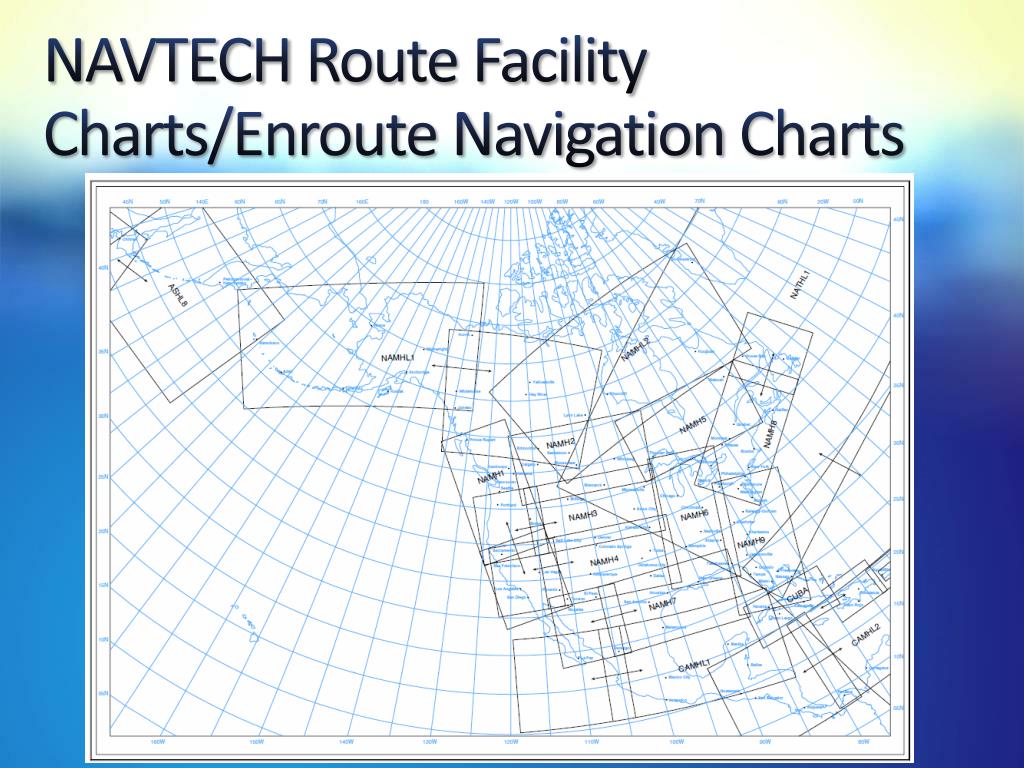

The symbols representing airports in sectional charts can also be useful in letting drone pilots know which radio frequency to monitor for air traffic updates related to particular airports. There are also different types of airports and they can be distinguished in sectional charts according to whether they have a control tower, a hard-surfaced runway, or if they have fuel availability. Airports and airport informationĪirports can be found all over sectional charts and are some of the most important points of interest. Quadrant identifiers serve as quick references when pilots are indicating specific but broad areas in the sectional charts. A quadrant is an area defined by a boundary within 30 minutes latitude and 30 minutes longitude. This is one of the most basic skills of map reading and is something that you will need to develop before you can move on to more advanced topics.įor better delineation of smaller areas in a sectional chart, the whole map is separated into quadrants. However, swapping between the two methods can be easily done.Įvery location in the world can be pinpointed by a pair of latitude and longitude readings. By default, most modern GPS systems express latitudes and longitudes using decimal notation. The more historical method uses a system of degrees, minutes (1 degree = 60 minutes), and seconds (1 minute = 60 seconds). There are two major ways in which latitude and longitude coordinates are expressed. All other latitude lines are parallel to the equator and are measured based on their relative locations. It is at the point that lies equidistant from the North and South poles and is effectively the “zero latitude”. Lying perpendicular to the prime meridian is the equator. This also acts as the “zero longitude” and is the basis for the measurement of all other longitudes, or lines that run North to South. The prime meridian is a line that runs from the North to South poles and passes through Greenwich, England. To easily remember the difference between the latitude and longitude, we must first define the location of the equator and the prime meridian. The location of every point on the planet can be determined by latitude and longitude coordinates as defined by an imaginary grid pattern. Latitude and longitudeīefore we jump into sectional charts, let’s go over the basics of reading a map. There are a lot of things to learn about sectional charts and you may get overwhelmed at first, but we’ll take it slowly and go over everything one at a time.
Reading air navigation charts how to#
How does one go about learning how to read a sectional chart? Starting with this easy-to-understand guide that we prepared would be a great idea. For those who are looking to earn a Part 107 remote pilot certificate, reading and understanding sectional charts make up a significant chunk for the knowledge test you’ll need to pass to be certified. By developing this skill, a drone pilot gets to understand the nature of airspace hazards, topography, airport data, controlled airspace. Products that pertain to VFR flying include VNC and VTA aeronautical charts, the Canada Flight Supplement (CFS) and the Canada Water Aerodrome Supplement (CWAS).Being able to read sectional charts is one of the more essential skills that a drone pilot should have. Under the Civil Air Navigation Services Commercialization Act, NAV CANADA is the official source of Canadian Aeronautical Information used for air navigational purposes, and owns all intellectual rights associated with this data. NAV CANADA produces aeronautical information products used by pilots operating in Canadian airspace. Visual Flight Rules (VFR) Publications Aeronautical Information Visual Flight Rules (VFR) Publications On this page


Operational Information System Open a new window.Service Charges Information for Suppliers NAVCANATM Open a new window.About Us Governance Investor Relations Corporate Social Responsibility.


 0 kommentar(er)
0 kommentar(er)
